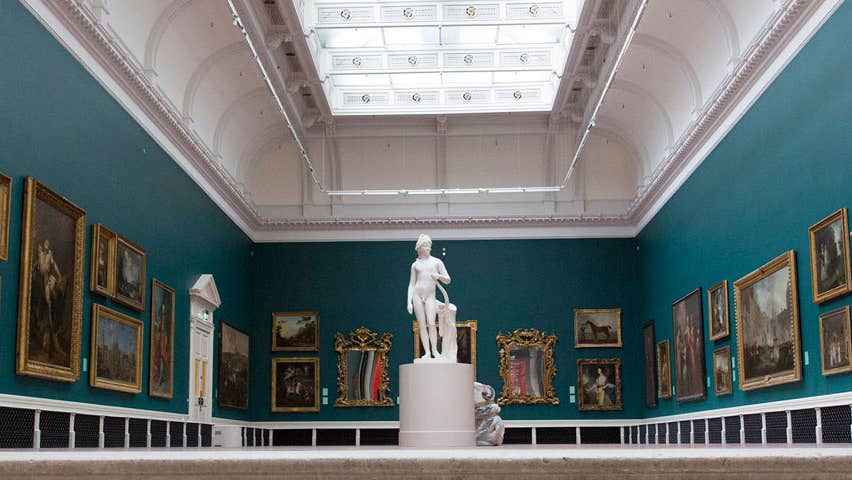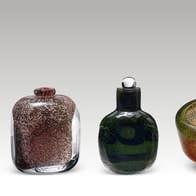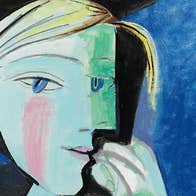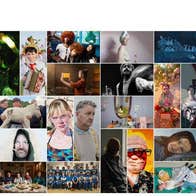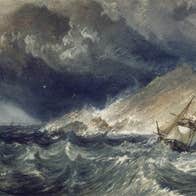The National Gallery of Ireland is one of the country’s most popular visitor attractions. It houses the nation’s collection of European and Irish art from about 1300 to the present day, and an extensive library and archive.
Entry to the permanent collection, and many temporary exhibitions, is free for all. Open seven days a week, the Gallery is conveniently located in Dublin City centre, a short stroll from Trinity College and Merrion Square.
Free guided tours are available at weekends. Family packs and drawing and creative writing kits are available to borrow for free. Facilities include a shop, café, and wheelchair access to all levels.
Some temporary exhibitions need to be booked in advance and have an admission charge, but there are discounts and special offers available.
Take a look at the Gallery website in advance of your visit for full details.
- Maurice Marinot - On Paper, In Glass
Free things to doMaurice Marinot - On Paper, In Glass Maurice Marinot (1882–1960) was a French artist renowned for redefining the expressive potential of glassmaking. This in-focus exhibition showcases a selection of his works of art spanning from the 1900s to the 1950s.
- Picasso: From the Studio
Arts and culturePicasso: From the Studio The National Gallery of Ireland, in collaboration with the Musée national Picasso-Paris, is delighted to present Picasso: From the Studio, a major monographic exhibition of the work of Pablo Picasso (1881-1973).
- AIB Portrait Prize 2025
Family funAIB Portrait Prize 2025 See the AIB Portrait Prize 2025 at the National Gallery of Ireland from 8 November 2025 until 15 March 2026
- Turner as Inspiration
Free things to doTurner as Inspiration The National Gallery of Ireland welcomes back their 31 watercolours by J.M.W. Turner, following their loan to the National Galleries of Scotland last year.
- Public Tour: Hard of Hearing Tour of Turner as Inspiration
Free things to doPublic Tour: Hard of Hearing Tour of Turner as Inspiration This free tour, exploring some highlights of the Gallery's permanent collection and our January exhibition, Turner as Inspiration, is for individuals who are hard of hearing or have hearing impairments.
- Visites guidées Picasso: From the Studio en franҫais
Arts and cultureVisites guidées Picasso: From the Studio en franҫais Lors de ces visites guidées nous nous concentrons sur les oeuvres clefs de l’exposition Picasso: From the Studio. Les audiophones seront utilisés pendant la visite afin de faciliter la compréhension pour les personnes malentendantes
- Public Tour: ISL Tour of Turner as Inspiration
Free things to doPublic Tour: ISL Tour of Turner as Inspiration Join the Gallery's Irish Sign Language tour guides for a look at Turner as Inspiration. As the Gallery endeavours to make our activities and events accessible to the deaf community, we wish to welcome members of the ISL community to the Gallery.
- Public Tour: Enhanced Painting
Free things to doPublic Tour: Enhanced Painting Join the Gallery’s highly trained tour guides for an enhanced exploration of the national collection focusing on the wider variety of painting techniques on display.
Call into Sweny's Pharmacy in Lincoln Place immortalised in James Joyce’s Ulysses, still selling the famous lemon soap as bought by Leopold Bloom in chapter five of Ulysses.

